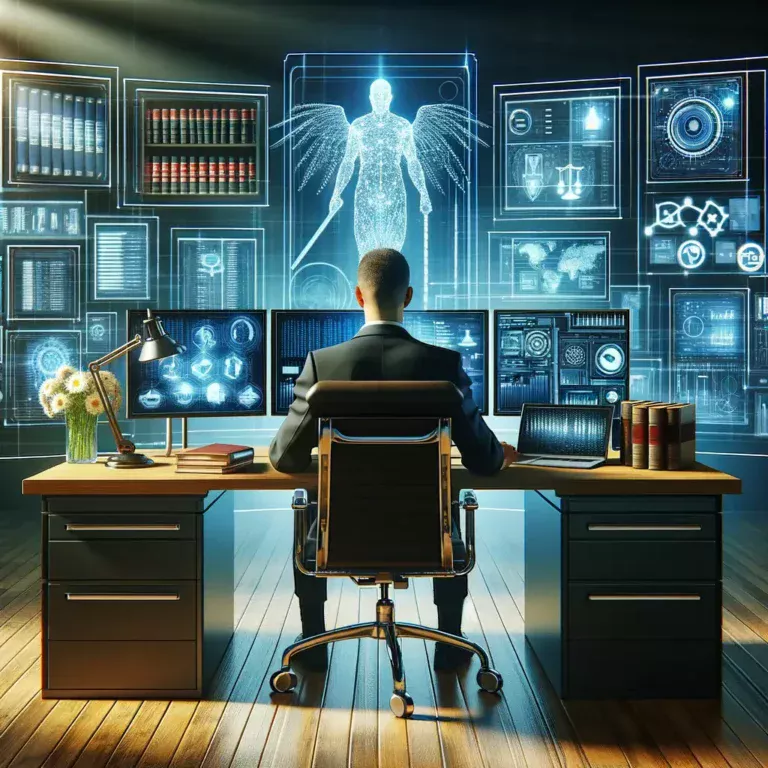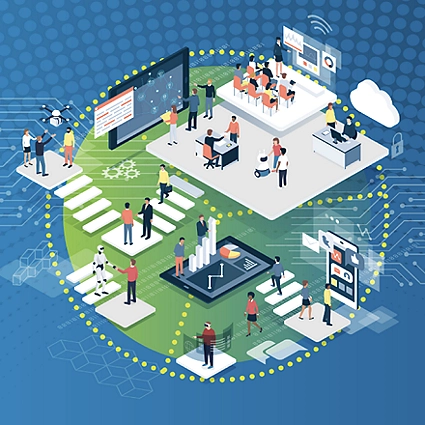How Communication Technology Helps Solve Crime Cases
How Communication Technology Helps: Solving crime is not like how it used to be in the past. Today, we have modern tools and systems. One of the biggest helpers in solving crimes is communication technology. It helps police and investigators work faster and smarter.
Let’s talk in a very simple way about how communication technology helps catch criminals and solve difficult cases.
1. Fast Communication Between Police and People
How Communication Technology Helps
Now, people can talk to police very quickly.
What does this help with?
Police get the report faster.
They can collect evidence quickly.
If the criminal tries to run, police can act fast and maybe catch them on time.
2. Mobile Location and GPS Tracking
Every smartphone has GPS now. Police can use this GPS or mobile tower data to find where someone was at a certain time.
If a crime happens, someone may record it or share the news quickly.
This helps a lot when:
Someone is kidnapped, or a robbery happens.
If someone is running away, they can track where he/she is going.
This way, many criminals are caught just by checking phone data.
3. Video and Audio Recordings
Nowadays, CCTV cameras are everywhere – in markets, streets, shops, and buildings.
Check what clothes they wore or what vehicle they used.
Sometimes, even voice recordings can help identify a person.
All of this is very useful evidence in court.
4. Digital Clues from Social Media
Most people are online now – on Facebook, Whats App, Instagram, and other apps.
If a crime happens, someone may record it or share the news quickly.
It also includes digital forensics – where police check phones, laptops, or computers for proof.
If someone is running away, they can track where he/she is going.
Police can:
Get videos or photos from people.
These clues are often key in solving modern crimes.
5. Digital Records and Forensics
Communication technology is not just about calls and texts.
It also includes digital forensics – where police check phones, laptops, or computers for proof.
This helps police to:
Recover deleted messages or files.
Read email history or online bank records.
See what websites someone visited.
This gives strong proof in many cases, especially cyber crimes.
If the criminal tries to run, police can act fast and maybe catch them on time.
6. Communication Between Police Teams
How Communication Technology Helps
Police do not work alone. There are many teams – like forensic, patrolling, and intelligence teams. Communication tools help all of them stay connected.
The police traced the suspect’s location using mobile signals.
Investigators collected evidence from social media messages.
Police also use surveillance tools to secretly listen to or record criminals.
But this technology must be used carefully.
It is strong, so we should use it in a good and safe way.
They use:
Radio devices, mobile apps, or private chat groups.
They share updates in real-time.
If one officer sees something, he can quickly inform others.
This team communication makes crime solving faster and smarter.
If the criminal tries to run, police can act fast and maybe catch them on time.
7. Secret Recording and Surveillance
Police also use surveillance tools to secretly listen to or record criminals. They can use:
Hidden microphones or small recorders.
Voice changers or special spy gadgets.
Recording conversations or meetings to get proof.
This helps when police want to catch someone without alerting them.
If the criminal tries to run, police can act fast and maybe catch them on time.
8. Emergency Numbers and Mobile Apps
In many countries, people just need to dial a number like 112 or 999 to call for help.
Now, some apps are also available where:
Just by pressing one button, people can send alerts to police.
Their location and video are also sent automatically.
Police can come quickly and help.
These apps save lives and help stop crimes in time.
9. Training for Police Officers
Just having new tools is not enough.
Police officers also need training on how to use communication technology.
Police also use surveillance tools to secretly listen to or record criminals.
They learn:
How to trace a phone or find deleted data.
With training, they become better at solving cases.
How to find useful information from online chats or emails.
How to use GPS, communication apps, or digital software.
If someone’s phone or messages need to be checked, police should first get legal permission. This way, people stay safe, and no one’s rights are broken.
For example:
Police cannot just track someone’s phone without permission.
They need a court order to read private messages or check someone’s location.
This protects people’s privacy rights.
Using communication technology should always be for truth and justice – not for personal
misuse.
If the criminal tries to run, police can act fast and maybe catch them on time.
Summary in Easy Lines
Communication tech helps police respond faster.
Mobile tracking helps find suspects or victims.
CCTV and audio give strong proof.
Social media gives important clues.
Deleted data from phones can be recovered.
Police teams stay connected through apps.
Secret recordings help find hidden plans.
Emergency apps give quick alerts.
Police get trained to use these tools well.
Final Thoughts
Communication technology has made crime solving much easier and faster.
But this technology must be used carefully.
It is strong, so we should use it in a good and safe way.
Police, law, and people should work together and use it the right way.
If the criminal tries to run, police can act fast and maybe catch them on time.
The main goal is simple: to protect people, solve crimes fast, and find the truth.






